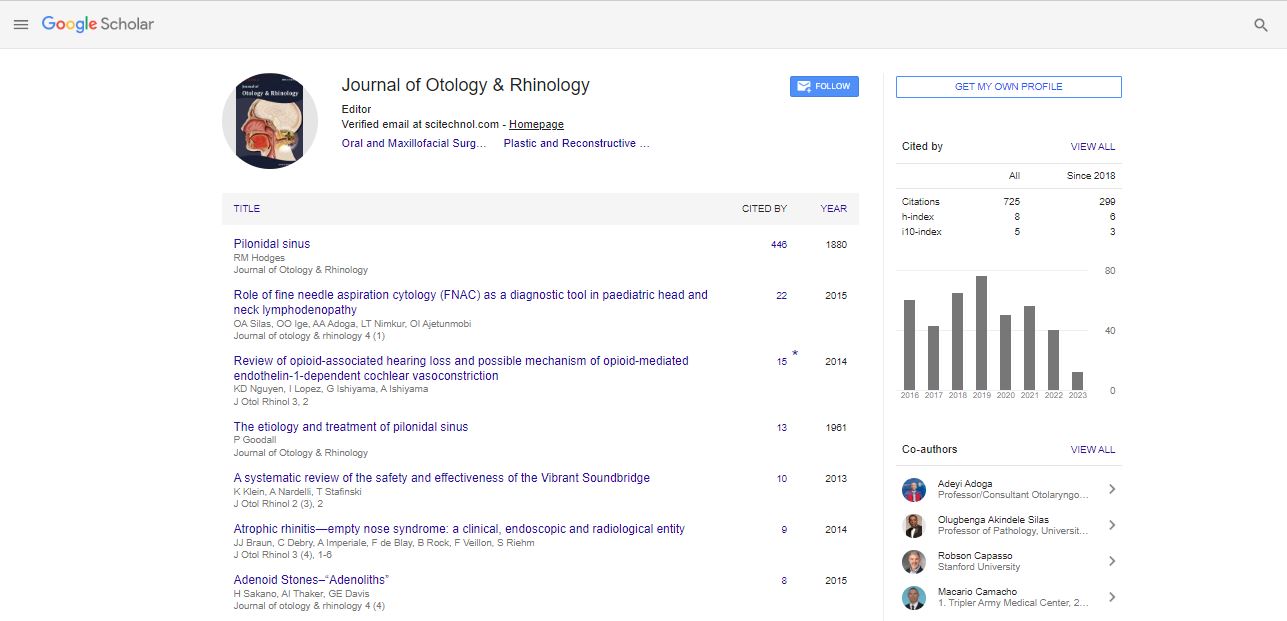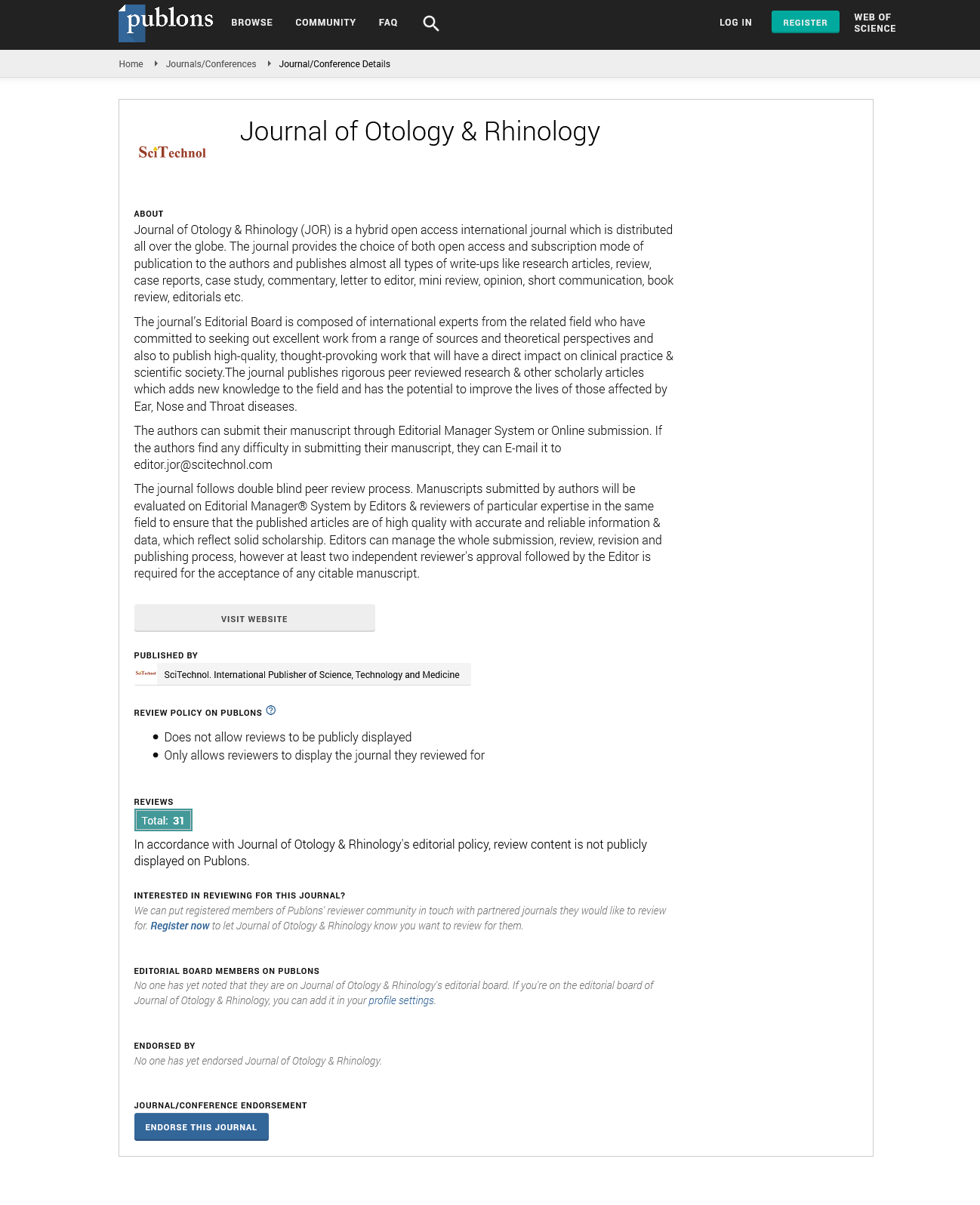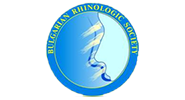Research Article, J Otol Rhinol S Vol: 0 Issue: 1
Postoperative Nasal Packing Might Contribute to Nocturnal Desaturation for Patients with Low Body Mass Index or Low Nasal Resistance
| Ayako Inoshita1, Tatsuya Saito1, Hiroyuki Inoshita2, Takatoshi Kasai3, Takashi Iizuka1 and Katsuhisa Ikeda1 | |
| 1Department of Otorhinolaryngology – Head and Neck Surgery, Juntendo University Faculty of Medicine, Tokyo, Japan | |
| 2Departmentof Internal Medicine, Division of Nephrology, Juntendo University Faculty of Medicine, Tokyo, Japan | |
| 3Department of Cardiology and Cardio-Respiratory Sleep Medicine, Juntendo University Faculty of Medicine, Tokyo, Japan | |
| Corresponding author : Katsuhisa Ikeda, MD, PhD 2-1-1 Hongo, Bunkyoku, Tokyo 113-8421, Japan Tel: +81-3-5802-1094; Fax: +81-3-5689-0547 E-mail: ike@juntendo.ac.jp |
|
| Received: November 18, 2014 Accepted: February 24, 2015 Published: March 06, 2015 | |
| Citation: Inoshita A, Saito T, Inoshita H, Kasai T, Iizuka T, et al. (2015) Postoperative Nasal Packing Might Contribute to Nocturnal Desaturation for Patients with Low Body Mass Index or Low Nasal Resistance. J Otol Rhinol S1:1. doi:10.4172/2324-8785.S1-013 |
Abstract
Background: The necessity of nasal packing for patients who undergo endoscopic nasal surgery remains controversial concerning hypoxic episodes during sleep. This study was designed to characterize patients with sleep disturbance during nasal packing.
Methods: The patients were evaluated for nasal resistance using the anterior active rhinomanometric test and for oxygen saturation by pulse oxymetry before and after surgery.
Results: Thirty-five patients (mean age: 45.4 ± 16.7 years old, mean BMI: 23.6 ± 2.6 kg/m2) underwent nasal surgery and received bilateral total nasal packing. Nineteen patients with nasal packing showed decreased oxygen saturation (Worsened group), whereas improvement of oxygen saturation during nasal packing was recognized in 16 patients (unchanged group). BMI and preoperative rhinomanometric test showed significantly higher scores in the unchanged group than in the worsened group.
Conclusions: Oxygen saturation during postoperative nasal packing (PNP) should be monitored more carefully in patients with low body mass index (BMI) or preoperative low nasal resistance of air flow.
 Spanish
Spanish  Chinese
Chinese  Russian
Russian  German
German  French
French  Japanese
Japanese  Portuguese
Portuguese  Hindi
Hindi 


